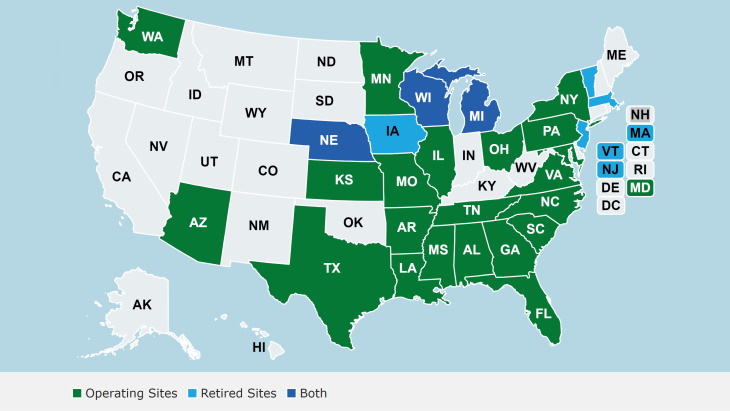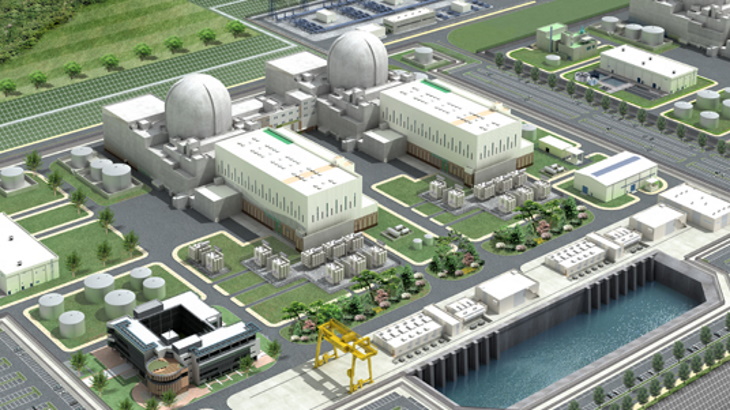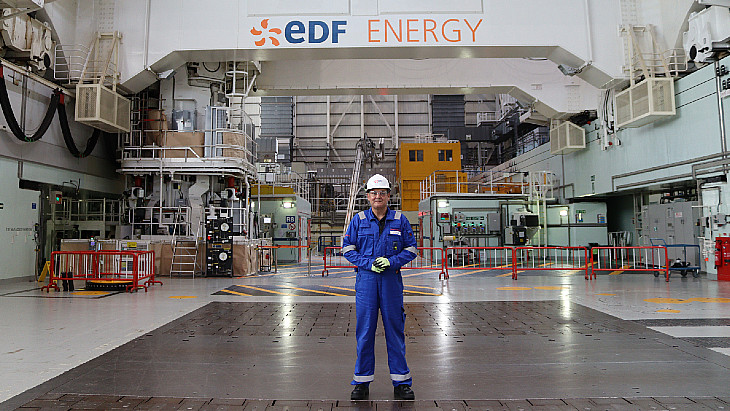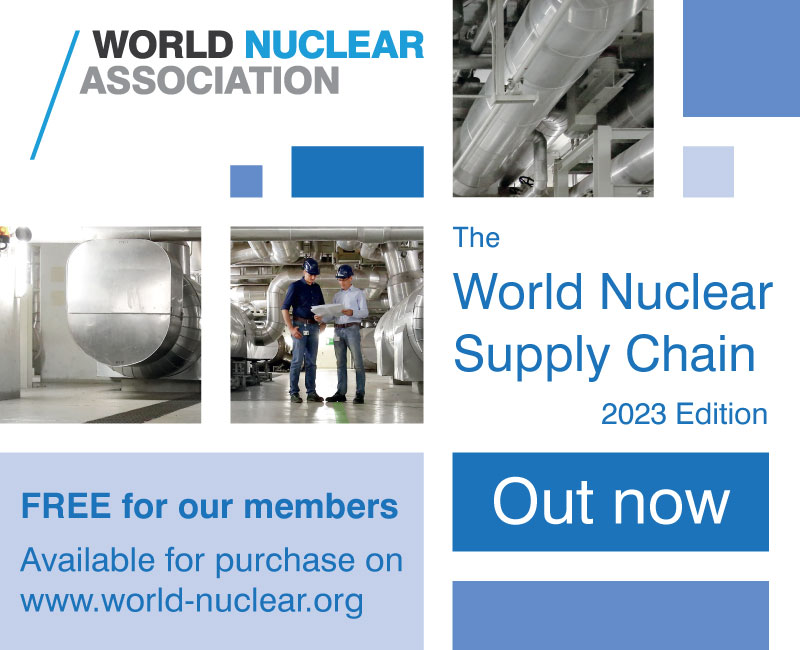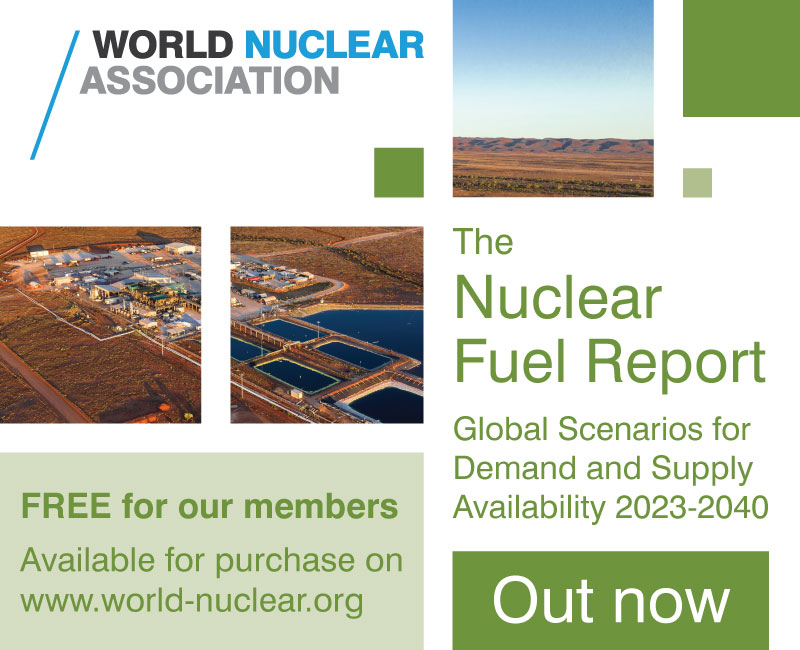Argentina and China sign contract for two reactors
 China is to supply Argentina with two nuclear power reactors - one a Candu pressurised heavy water reactor, the other a Hualong One pressurised water reactor. The contract was among 19 agreements signed yesterday in Beijing during a meeting of Chinese president Xi Jinping and Argentinean president Mauricio Macri.
China is to supply Argentina with two nuclear power reactors - one a Candu pressurised heavy water reactor, the other a Hualong One pressurised water reactor. The contract was among 19 agreements signed yesterday in Beijing during a meeting of Chinese president Xi Jinping and Argentinean president Mauricio Macri.China is to supply Argentina with two nuclear power reactors - one a Candu pressurised heavy water reactor (PHWR), the other a Hualong One pressurised water reactor (PWR). The contract was among 19 agreements signed yesterday in Beijing during a meeting of Chinese president Xi Jinping and Argentinean president Mauricio Macri.
.jpg) |
| The signing of the contract (Image: CNNC) |
In November 2015, Argentina signed deals with China for the construction of its fourth and fifth nuclear power plants: a third Candu PHWR at the Atucha site and a PWR at an unspecified site. The projects were said to be worth around $15 billion, with China contributing 85% of the required financing, according to a statement issued at that time by the Argentine president's office.
A memorandum of understanding affirming that agreement - made under the previous government of then-president Cristina Fernandez - was signed in June 2016 by Argentina's minister of energy and mining Juan José Aranguren and Nur Bekri, director of China's National Energy Administration.
Yesterday a general contract was signed between Nucleoeléctrica Argentina SA (NASA), China National Nuclear Corporation (CNNC) and CNNC subsidiary China Zhongyuan Engineering Corporation (CZEC) for the two reactors. The contract was signed by NASA president Omar Semoloni, CNNC board chairman Wang Shoujun and CZEC president Yang Chaodong.
According to the agreement, CNNC and NASA will begin construction in 2018 of a 700 MWe Candu-6 PHWR and will start building a 1000 MWe Hualong One PWR in 2020.
In July 2014, China and Argentina signed a new high-level agreement towards construction of a third PHWR at the Atucha plant in Argentina. Through the agreement, CNNC is to assist NASA by providing goods and services under long-term financing. That agreement was ratified in February 2015. The accord provides for NASA - holder of rights to Candu technology - to be designer, architect-engineer, builder and operator of the new reactor.
In 2012, central planners in Beijing directed CGN and China National Nuclear Corporation (CNNC) to 'rationalise' their reactor programs. This meant CNNC's ACP1000 and CGN's ACPR1000 were 'merged' into one standardised design - the Hualong One. CGN refers to its version of Hualong One as the HPR1000. In fact, each company has its own supply chain and their versions of Hualong One will differ slightly (units built by CGN will use some features from the ACPR1000), but the design is considered to be standardised. It is set for wide deployment in China as well as export to other countries.
Hualong International Nuclear Power Technology - the joint venture between CGN and CNNC to promote the Hualong One reactor design in export markets - was officially inaugurated in March 2016.
Pakistan's Karachi Coastal Power station is likely to be the first export of Hualong One units. The Hualong One design is also being promoted for use at the Bradwell site in the UK.
Researched and written
by World Nuclear News
_92619.jpg)

